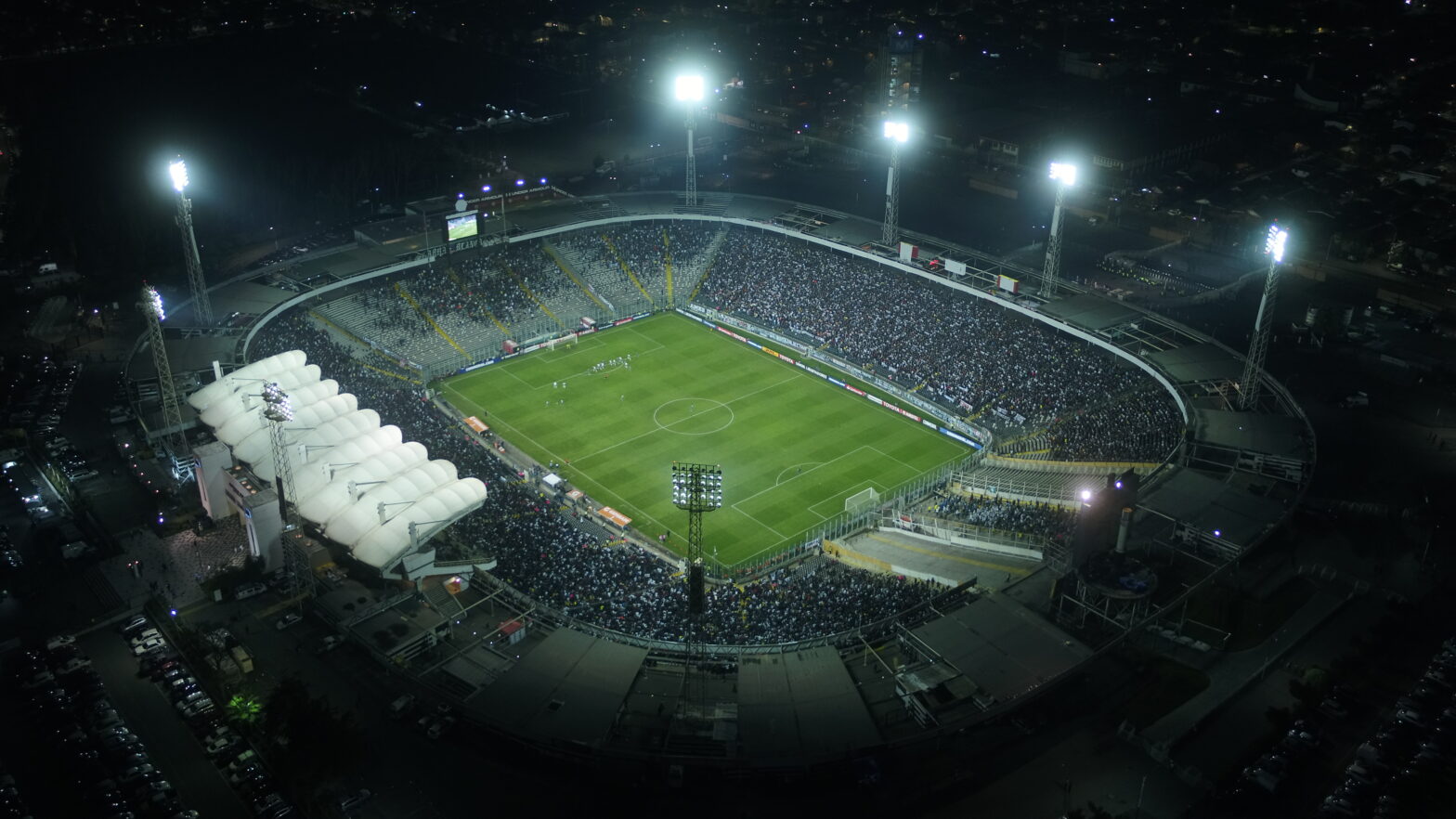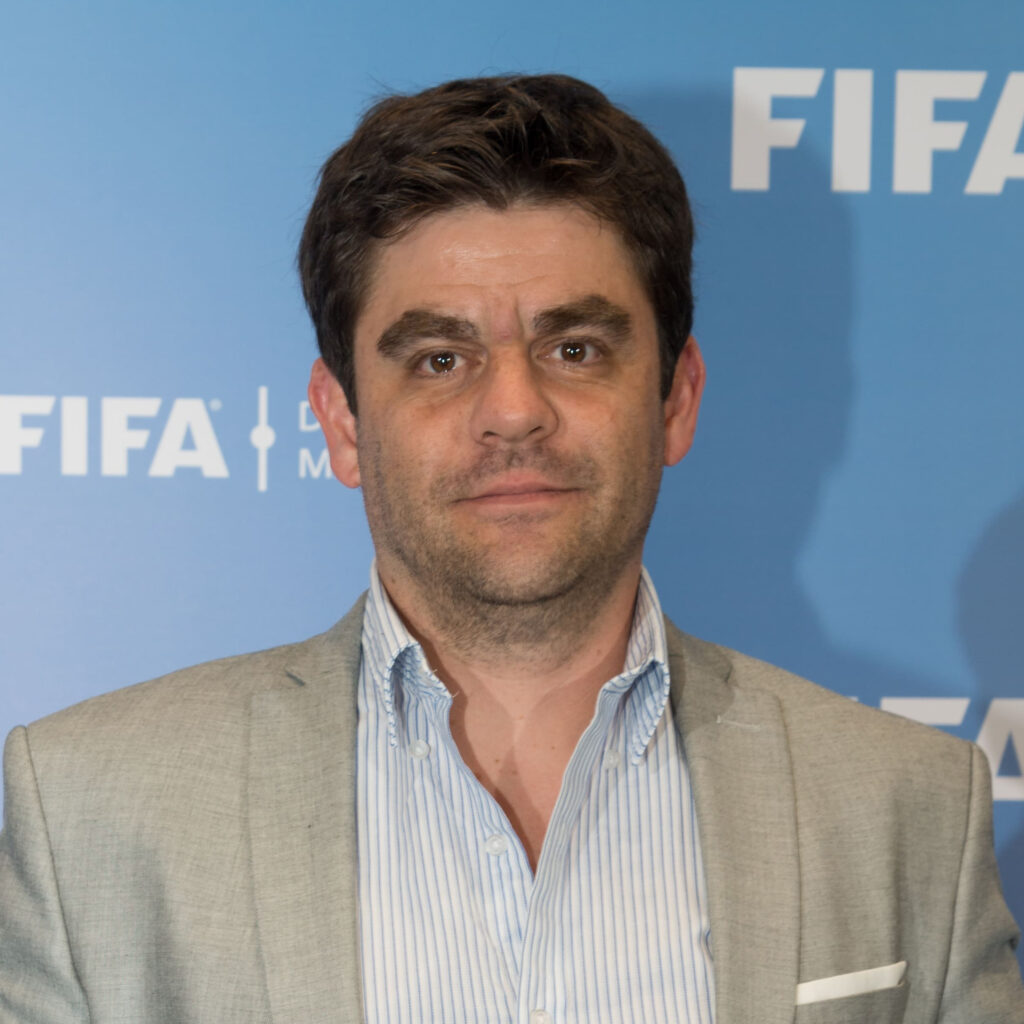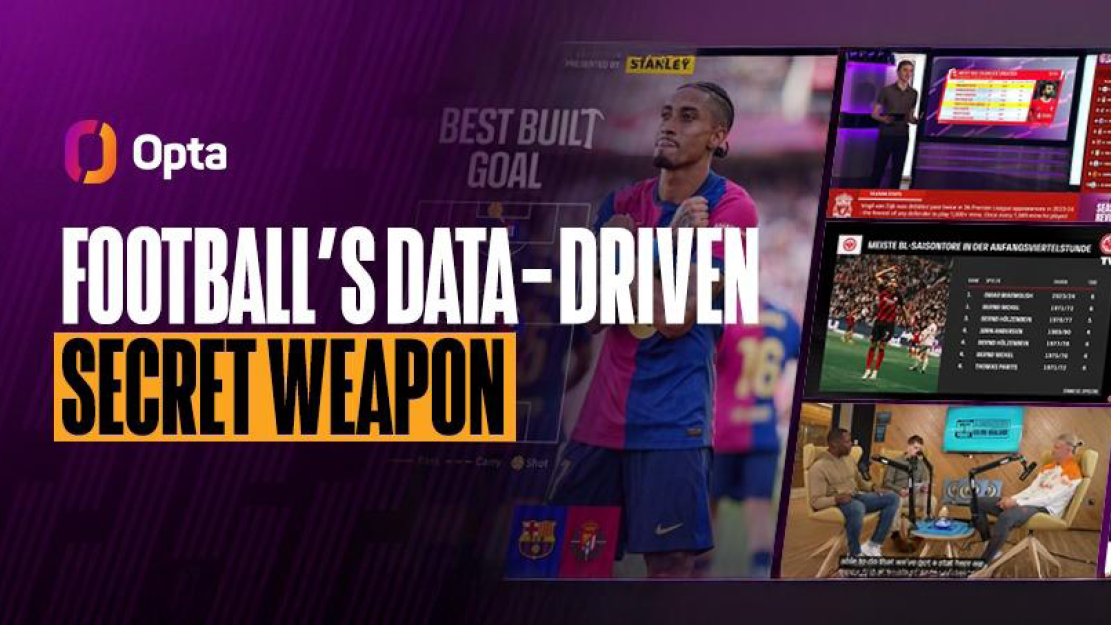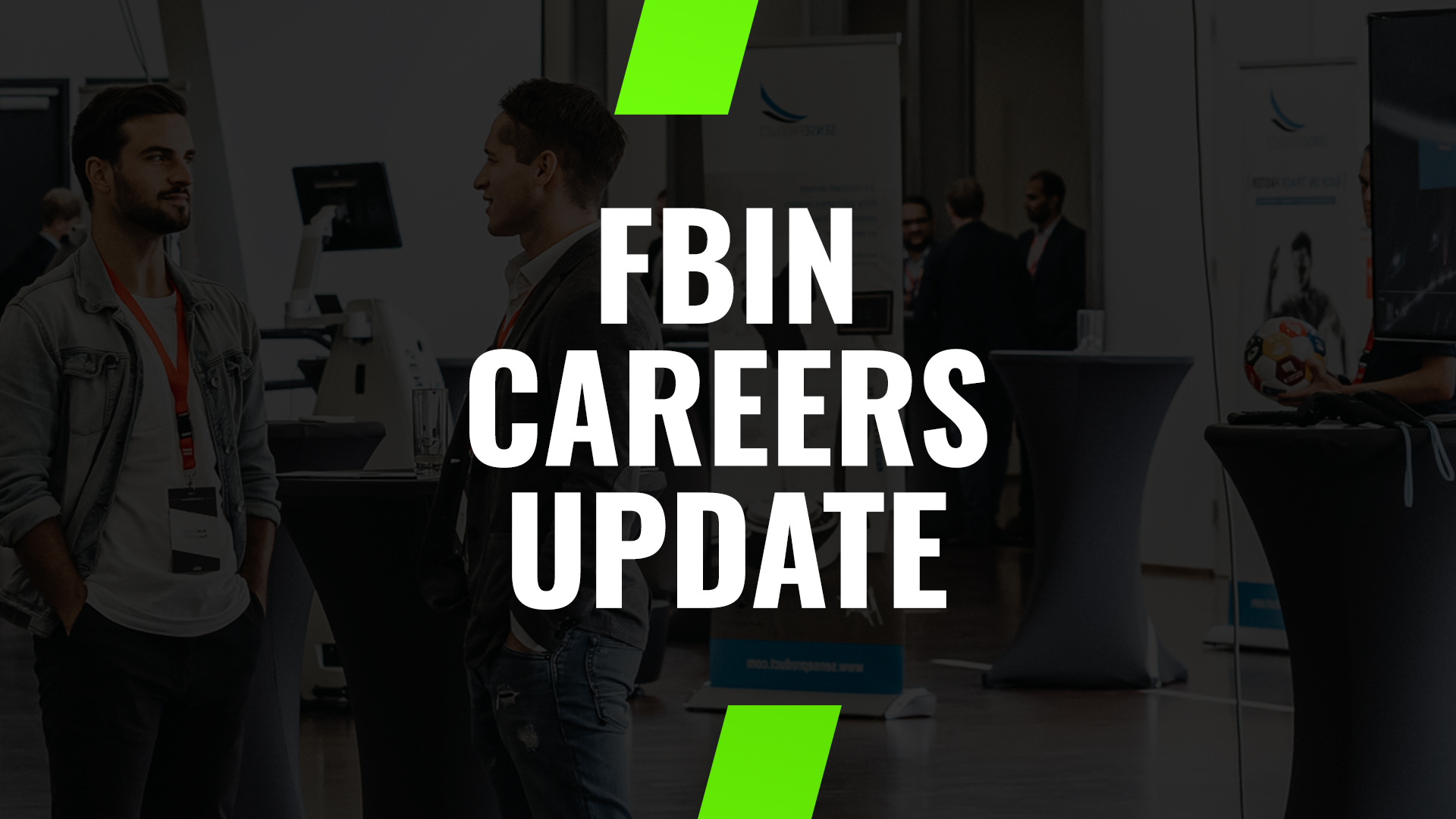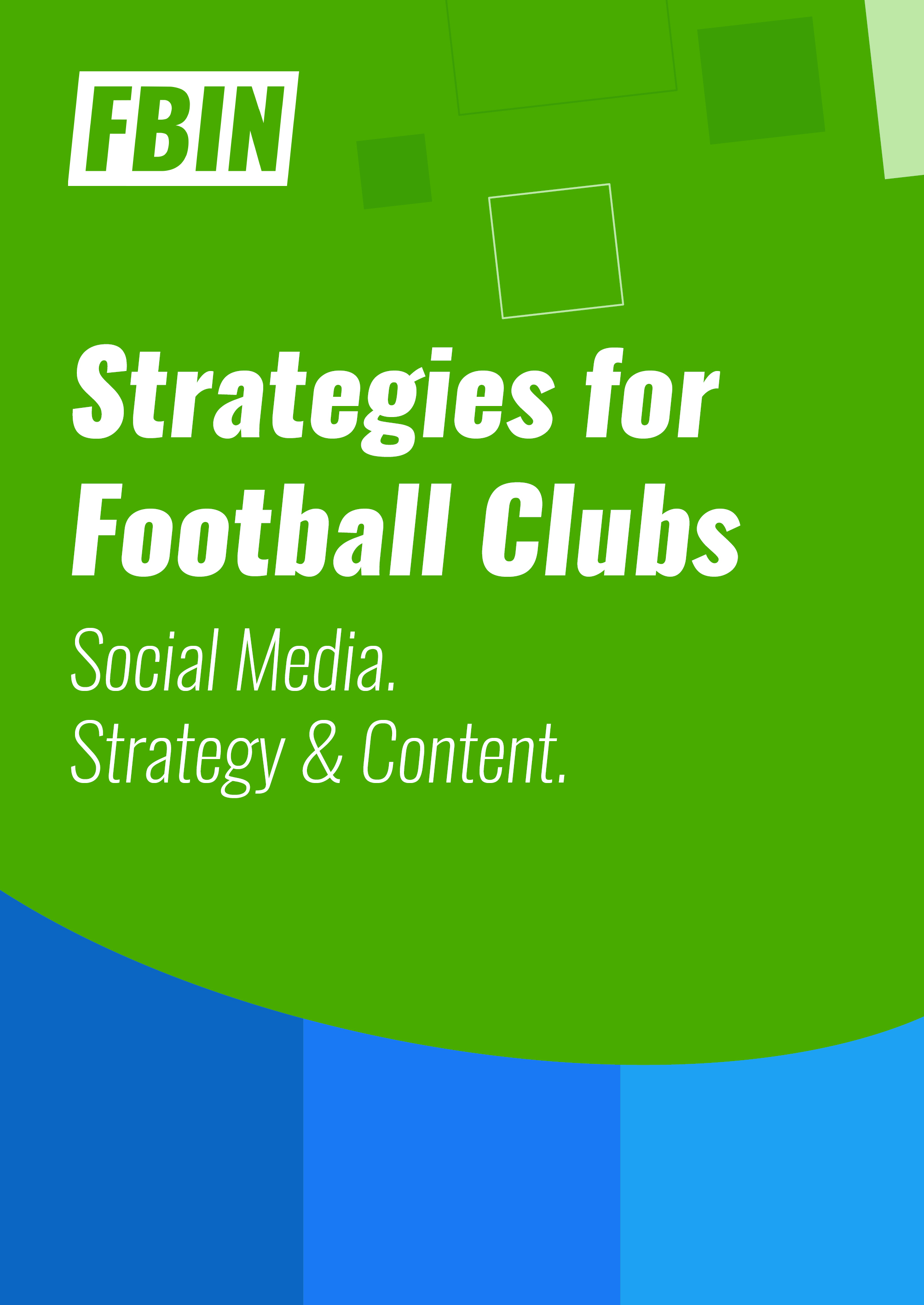Colo-Colo is famous for their iconic name and logo. But what is behind that? We talked to Colo-Colos Chief Commercial & Marketing Officer Samuel Pérez about their presence in Chile, recent developments, stadium plans and tough times the country’s biggest club faced a few years ago.
Colo-Colo is the most popular club in Chile – what does that exactly mean, do you have any numbers?
Colo-Colo is by far the most popular club in Chile. Around 42% of the population declares to be a fan of the club. We have the biggest fanbase in every region across the country, in every socioeconomic and age group and the media coverage of anything related to the Club is daily. There are 2 very famous sayings: “Colo-Colo IS Chile” and “When Colo-Colo wins the bread is crunchier and the tea is sweeter the day after”.
How many supporters do you have in absolute numbers?
According to the last official survey from 2019 (has been postponed due to Covid19) we have around 8 million fans in Chile. In social media we have already bit more than 5 million followers across the main platforms.
Are there also supporters outside of Chile?
We have seen a lot of interest from abroad. There are 2 main reasons: The first one is related to Chileans living abroad. We have a big fanbase in the US, Australia, Brazil, Nordic countries, etc. The second one is that our iconic badge (The Mapuche Colo-Colo), our name and the history of our foundation plus the success we have had on the pitch are very interesting for some far away countries. For example, when we won in 1992 the Recopa in Japan our victory and credentials remained in the minds of many Japanese fans who were there that day.
In 2019/20 you played one of the worst seasons ever – you were close to relegation, for the first time. What happened?
It was a mixture of situations. We experienced some issues in the sporting aspect but also in the administrative side. You also have to take into consideration that we are the only team who has never been relegated in Chile and we actually had to play a relegation playoff game at the end of the 2020 season. I think one of the most important factors was that a big team is used to playing finals and that kind of pressure is completely different from being in the bottom part of the table playing each weekend fighting to get out of there. Also, we had an aged squad, and you have to consider that the pandemic interrupted the league for about 6 months with most of this time not being able to train at any facility. Fortunately we managed to win that game with the extraordinary support of our fans. The game was played 255 kms away from Santiago and during the entire trip you could see our fans at the side of the highway cheering the players. That trip usually takes 2.5 hours and we only managed to get to the hotel after a 7 hour drive.
You mentioned it, the championship was interrupted due to the pandemic for about 6 months. You didn’t perform well. The technical and the main sponsor left the club during the pandemic. And then?
Uff, and then we had to give our best and deliver a massive job. It was such a big challenge. In June we parted ways with our technical sponsor, and we were under pressure considering the timings of clothing. In a few weeks we contacted 35 different supplier brands and at the end we received 4 very interesting offers. Finally, we closed one of the biggest deals with adidas for 6 years. An iconic brand who returned to partner with us after almost 30 years, when we won the Copa Libertadores in 1991. For the main sponsor I would say the challenge was even bigger. We contacted 117 companies. Firstly, the ones we targeted and had under our radar, but we were in the middle of a pandemic and locked down plus in the bottom of the table, so we received a lot of nos. In the end, and only a month before changing to the new adidas shirt, we managed to find an extraordinary partner, Pilsen del Sur a new beer from ABInbev, without reducing the value of our FoS.
The following season you finished second. What happened after that awful season 2019/20?
Relegation pressure was off, and no one wanted to live that again. That is for sure. We also made a massive restructuring of the squad. Many players left and a lot of youngsters stood up. Now we have a very young squad being led by a great coach like Gustavo who was indeed in charge when we managed to avoid relegation. The year after we won the cup and finished second (it’s good to mention that we had to play 2 games with U17 players due to covid. Otherwise, we might have won the league) which allowed us to qualify to Conmebol Libertadores. At the start of this year, we already won the Supercup in January, and our goal is to win our 33rd league title.
Sponsoring is the biggest part of the club’s revenues. Can you give us some insights into the figures – average annual revenue, distribution of the different revenue streams and how are the other clubs in Chile doing compared to Colo-Colo?
Sponsoring is the biggest revenue stream for us, yes. It comprises around 40% of the total regular revenues. I am not considering player transfers although in the past 10 years only once this section was higher than the sponsoring revenues. Our all-time highest in sponsoring was in 2018 with a bit more than 15M USD. This good trend was stopped due to the social unrest we had in 2019 and Covid but we are very proud with what we did during 2021. Our sponsoring revenues were 91% higher than the year before and we reached the second highest sponsoring revenue of all-time. This will position ourselves back in the first place of all the clubs in Chile for sponsoring revenues and for 2022 the picture looks even better.
Where do the sponsoring partners come from, are they mainly domestic companies or also international brands?
Both. In the past years we have seen an increasing number of international brands partnering with us since the club is one of the best platforms to introduce a new brand or product into the country. This is mainly due to the daily exposure we have in the media and the impact of having 42% of the population as fans. Some success cases like MG Motor, Under Armour, DIRECTV go or Pilsen del Sur have been notable and other international brands are seeing that impact and value.
How many people are working for the club all in all, and how many without sports-related staff?
We are a bit more than 200 employees.
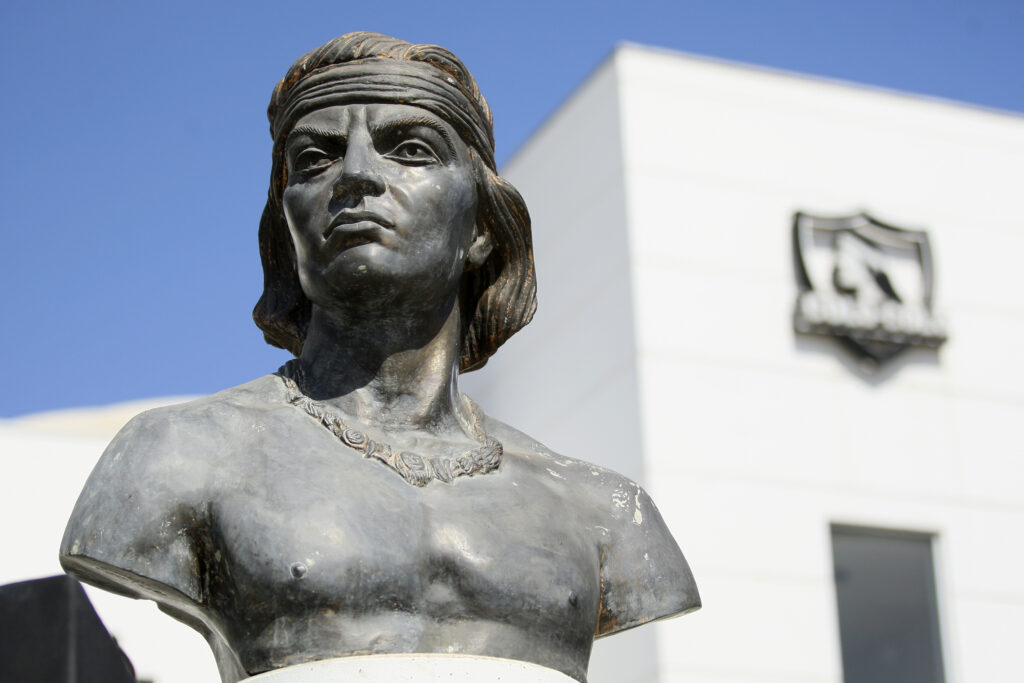
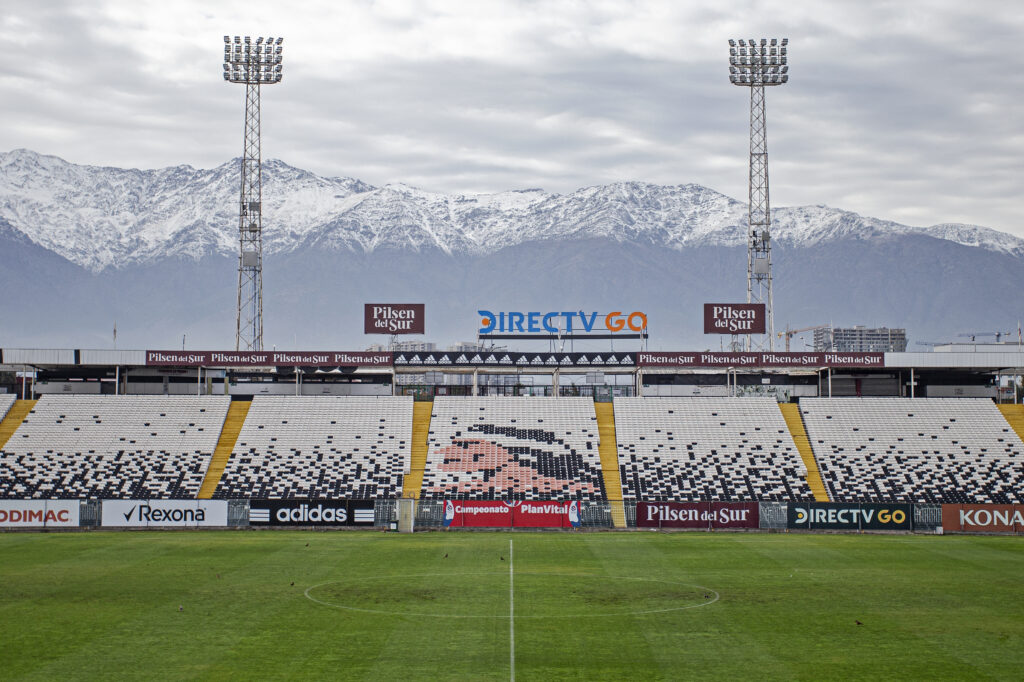
Let’s talk about digitalisation. Is that a big topic in Chilean football and at Colo-Colo?
It’s slowly getting the importance it needs but not as fast as in some other leagues in Europe or US. For us it is key. We have developed a fan dashboard which nurtures from all the different information sources we have like ticketing, ecommerce, app and others. Now we can identify fans by a varied range of variables and see how they have been interacting in the last months with our platforms. To give you an example. In 2021 we managed to increase the traffic to our ecommerce site by 250% which then meant an 300% increase in sales compared to 2020 (in 2020 we already increased 30% compared to 2019). This is all thanks to digitalisation.
Tokenisation is a big topic in football right now, do you have ambitions in that regard as well?
We have been looking at this for several months already. We have talked with many players in that industry so we can get to know and learn as much as we can in order to define a strategy and get the best result. There are too many options and variables to take into account in our opinion. And it is such a moving industry that what we thought a year ago is not the same as we think now.
Do you sell digital sponsoring assets?
We do. We created our digital assets portfolio. Most of them are being added to the sponsors packages when we close a new deal, others have been tested and used with current partners to get metrics and evaluate its performance. We are also developing with the communications team a wide range of exclusive in-house content in order to provide the fans with new content which will be very interesting for brands to be part of.
You did a documentary about Colo-Colo’s female football team. What is the status quo here, what goals do you have with that documentary?
It was one of the most exciting projects we did last year. We partnered with an agency and a current sponsor of ours (DIRECTV go) and followed the team for around 6 months recording and creating content. Not only training sessions, trips and while staying at hotels but also, we wanted to show more about the personal life of some of our players. The documentary had extraordinary feedback from our fans, viewership in DIRECTV and then in our YouTube channel and 2 other brands decided to join this project. We are now evaluating to do a second season and taking lessons from the first year.
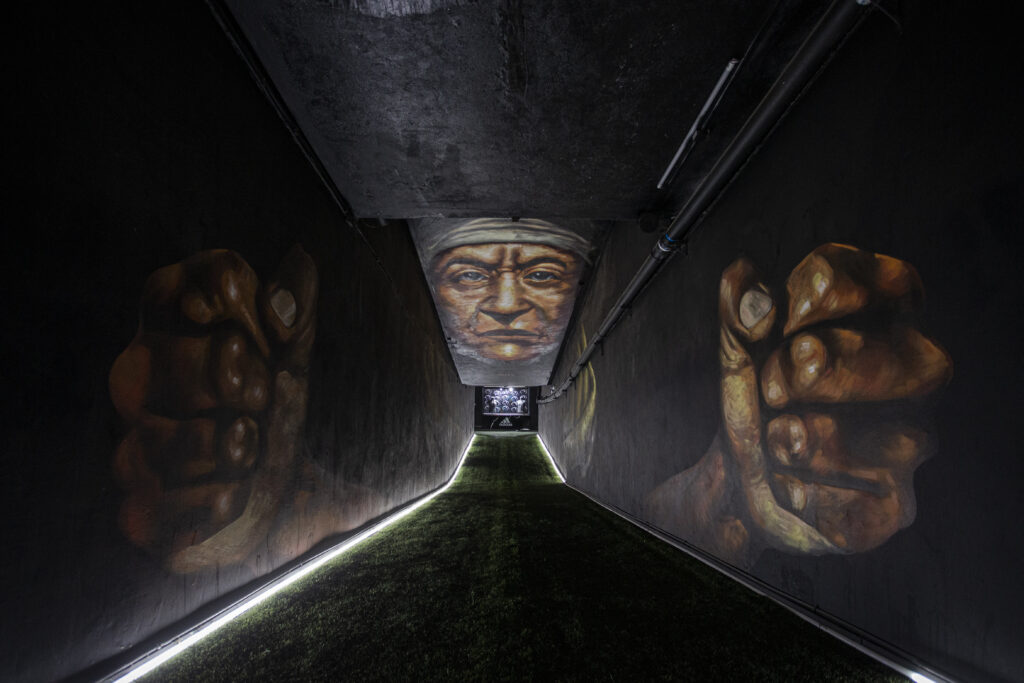
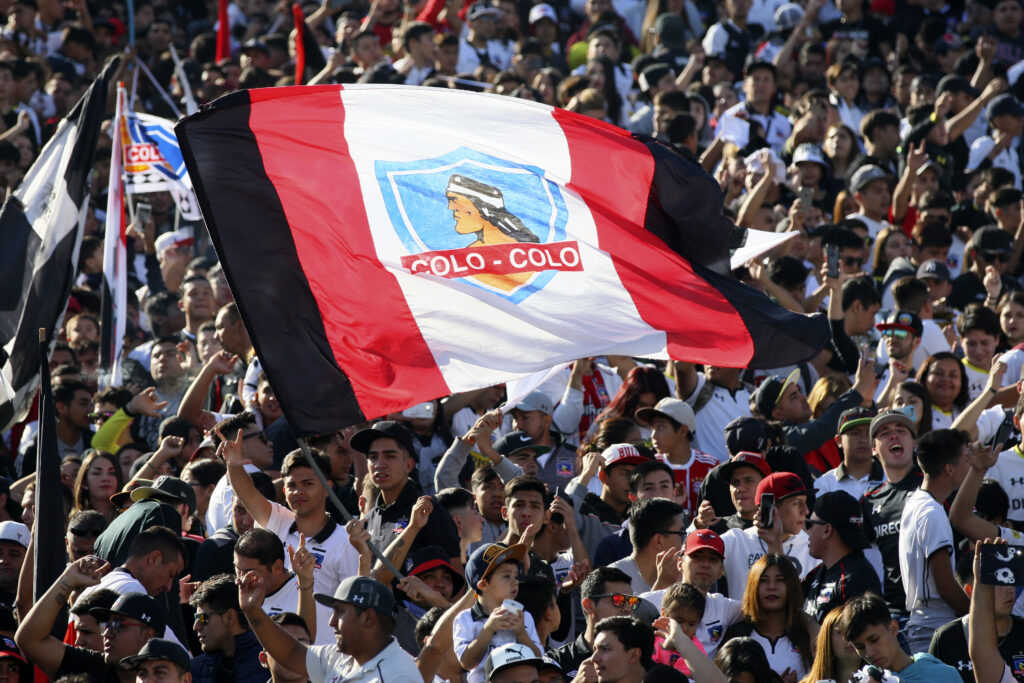
Basically, what role does the Women’s team have within the club?
Women’s football is still developing around the world, and here in Chile it is the same. We decided a few years ago to be an example for the rest of the clubs. We are the only team to have all its players with a professional contract and we are pushing every day to provide more to them. We managed to close a few specific sponsoring deals and when the media don’t show a game (they only cover one game per weekend) played at our home we make sure we stream the match for our fans. We have been recognized by FIFA in 2020 for what we have done for Women’s football.
In 2019 you developed the idea to renew the stadium. Due to the social riots back then you decided to dismiss the plan. Now this is a topic again especially with regard to the World Cup bid for 2030. What are the plans?
Right now, the plan is to resume the project. We need to improve the experience of our fans on match days and for that we need a big change in our stadium. So now we are having some discussions about the masterplan and all the different ways there are to be able to finance such a big project. We hope we can have some important news in the short term.
Is internationalisation a topic for you? Especially taking in consideration, that the potential to grow within the domestic market is already very limited
I think the domestic market still has a lot of potential. There are too many brands that haven’t yet realised the power and impact sports can have in their strategy. There is no better tool to get close to their customers. Also, there are many new brands entering the Chilean market and that is a very good opportunity for us due to what I explained before in a previous question. But, as you mentioned, internationalisation is indeed a topic for us. It’s part of our mid-term strategy as commercial department.
Where do you look at – South or North America? Europe?
At the end everywhere, but the steps will depend on many factors like for example: the markets we have identified to have Colo-Colo fans or to have some kind of interest according to data we have gathered through some partners, countries where former players are currently playing and acting like ambassadors and very importantly markets, we can reach along with some partners like adidas.

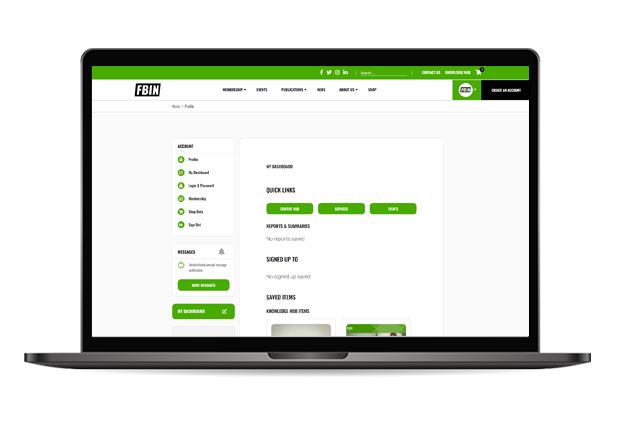
 Upgrade to Premium Now
Upgrade to Premium Now
